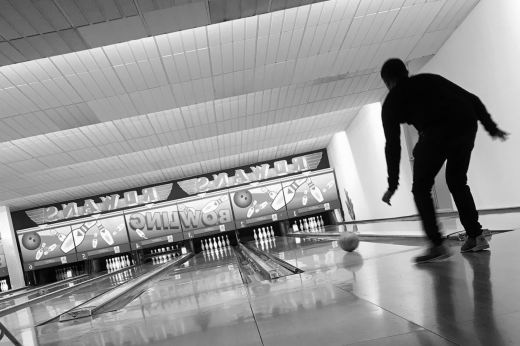

Economy Īccording to Glendale Height's 2022 Comprehensive Annual Financial Report, the top employers in the city are: This table excludes Latinos from the racial categories and assigns them to a separate category. Note: the US Census treats Hispanic/Latino as an ethnic category. Native American or Alaska Native alone (NH) Glendale Heights village, Illinois – Demographic Profile About 8.3% of families and 9.9% of the population were below the poverty line, including 18.4% of those under age 18 and 3.7% of those age 65 or over. The per capita income for the village was $29,225. Males had a median income of $42,911 versus $30,974 for females.

The median income for a household in the village was $70,034, and the median income for a family was $71,226. For every 100 females age 18 and over, there were 98.3 males. For every 100 females, there were 99.7 males. The village's age distribution consisted of 23.0% under the age of 18, 9.9% from 18 to 24, 32.3% from 25 to 44, 22.3% from 45 to 64, and 12.5% who were 65 years of age or older. The average household size was 3.44 and the average family size was 2.90. 21.49% of all households were made up of individuals, and 4.86% had someone living alone who was 65 years of age or older. There were 11,654 households, out of which 60.22% had children under the age of 18 living with them, 51.75% were married couples living together, 14.54% had a female householder with no husband present, and 28.84% were non-families. Hispanic or Latino of any race were 32.82% of the population.


The racial makeup of the village was 36.61% White, 7.27% African American, 1.28% Native American, 25.25% Asian, 0.10% Pacific Islander, 16.87% from other races, and 12.63% from two or more races. There were 11,874 housing units at an average density of 2,148.75 per square mile (829.64/km 2). The population density was 6,003.62 inhabitants per square mile (2,318.01/km 2). Demographics Historical population CensusĪs of the 2020 census there were 33,176 people, 11,654 households, and 8,293 families residing in the village. Īccording to the 2021 census gazetteer files, Glendale Heights has a total area of 5.53 square miles (14.32 km 2), of which 5.39 square miles (13.96 km 2) (or 97.45%) is land and 0.14 square miles (0.36 km 2) (or 2.55%) is water. The town was originally named Glendale as it was between Glen Ellyn and Bloomingdale, but after a conflict arose with the small town of Glendale in Southern Illinois, the city decided in March 1960 to add the term Heights, in reference to its different topographies, a difference of about 100 feet because of its location straddling the Valparaiso Morraine, thus becoming Glendale Heights. The first election was held later on that summer on August 2. On June 16, 1959, a petition was filed and on July 13, the village became incorporated. Houses were first built on Glen Ellyn Road and Larry Lane near Fullerton Avenue. The Reskins bought two farms on Glen Ellyn Road north of North Avenue. Midland Enterprises ran by Charles and Harold Reskin started building houses in Glendale Heights in 1958. Glendale Heights was a small farming area served by the Glen Ellyn post office up until the 1950s, with a population of just 104 in 1959. The village is almost entirely residential, and is a far west suburb of Chicago. Per the 2020 census, the population was 33,176. Glendale Heights is a village in DuPage County, Illinois, United States.


 0 kommentar(er)
0 kommentar(er)
